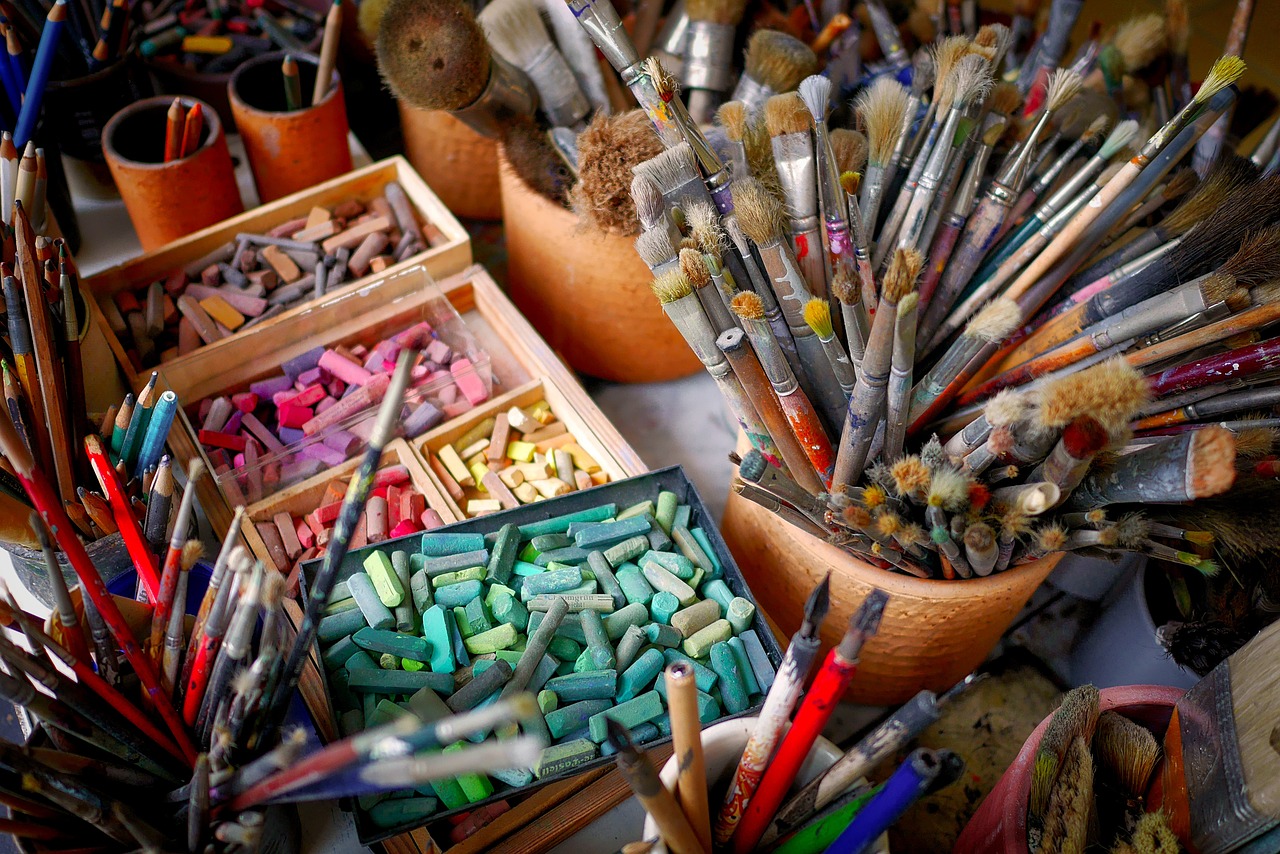Renowned Painter Frank Auerbach Passes Away at 93
British-German artist Frank Auerbach, celebrated for his profound impact on contemporary painting, has died at the age of 93. His representatives confirmed that he passed away peacefully in his London home early on Monday. Auerbach’s legacy as one of the foremost painters of his generation will undoubtedly endure, as expressed by Geoffrey Parton, director of Frankie Rossi Art Projects, who noted that the art world has lost a remarkable figure whose influence will resonate for years to come.
A Life Shaped by Resilience and Art
Born in Berlin in 1931, Auerbach’s life took a significant turn when he fled Nazi Germany in 1939. He arrived in London as a refugee, one of six children sponsored by the writer Iris Origo. This early experience of displacement profoundly influenced his art and perspective.
Auerbach pursued formal education in art from 1948 to 1955 at St Martin’s School of Art and the Royal College of Art in London. His dedication to his craft was evident; he maintained a studio in north London since 1954, where he devoted himself to painting nearly every day of the year.
The consistent practice and exploration evident in Auerbach’s work reflect his commitment to the medium and his desire to express complex emotions through paint.
His first major retrospective took place at London’s Hayward Gallery in 1978, showcasing his unique style and vision. Recognized internationally, Auerbach was honored with the prestigious Golden Lion prize at the 1986 Venice Biennale, solidifying his status as a leading figure in modern art.
The Enduring Legacy of Frank Auerbach
Auerbach leaves behind a rich artistic legacy and is survived by his son, Jacob Auerbach. As the art community mourns his passing, it also celebrates a lifetime dedicated to pushing the boundaries of painting. His work continues to inspire emerging artists and captivates audiences worldwide.
Moving forward, it is essential to reflect on how Auerbach’s life experiences shaped his artistic journey. His contributions will remain vital components of discussions surrounding contemporary art and its evolution.


